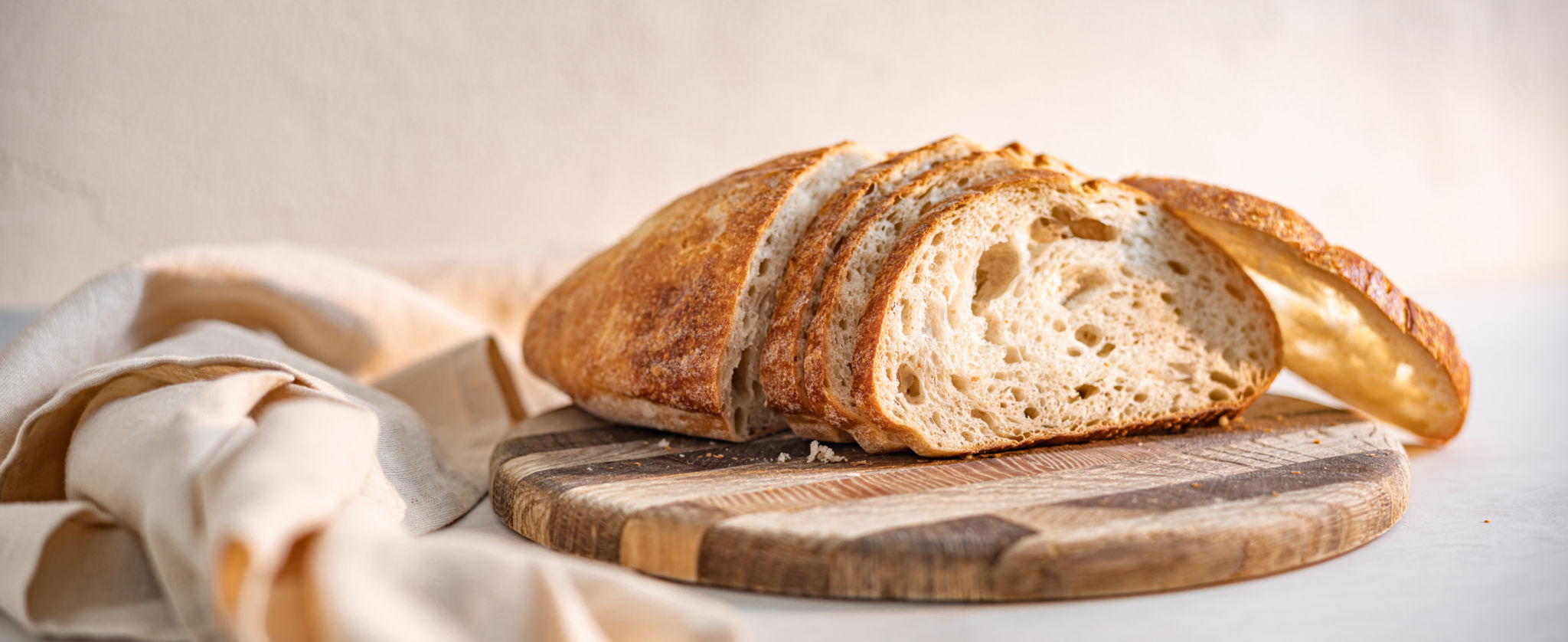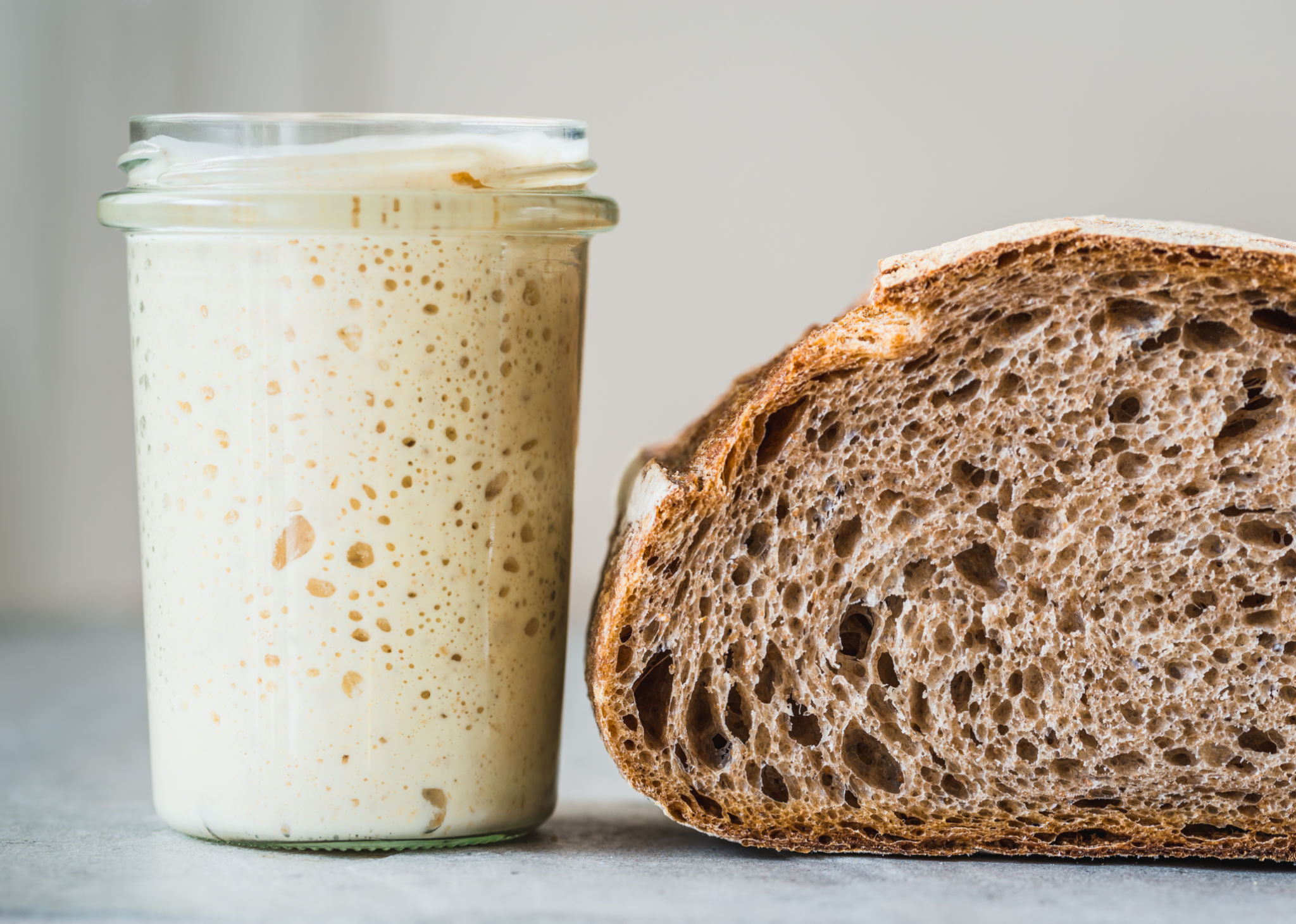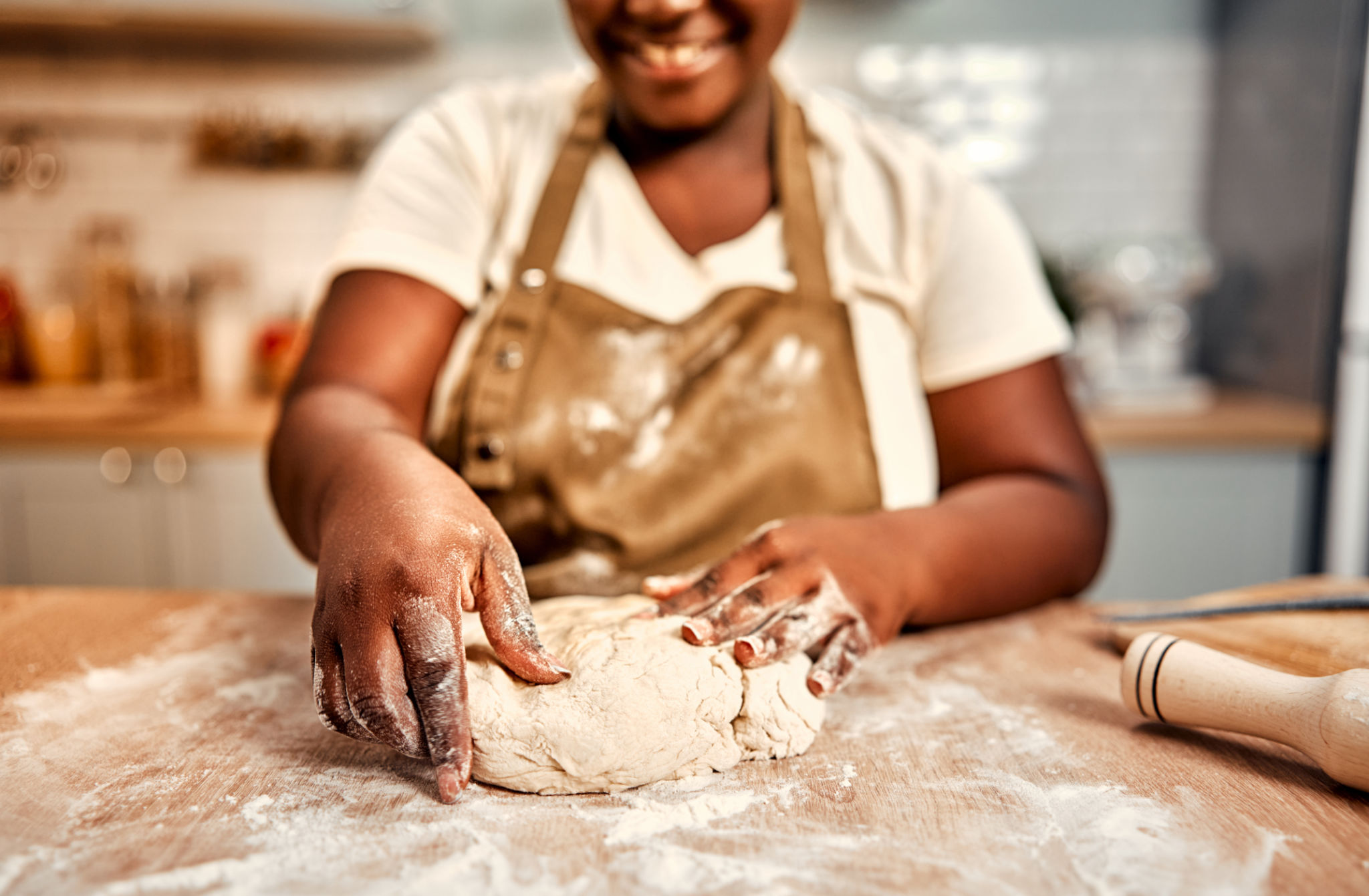Exploring the Sourdough Baking Trend: Tips from Our Bakers
Introduction to the Sourdough Revival
Sourdough baking has seen a resurgence, captivating home bakers and professionals alike. This artisanal method of bread-making is cherished for its distinct flavor and texture, which stems from the natural fermentation process. But what makes sourdough so special, and how can you master it at home? Our bakers share their insights.
The allure of sourdough lies in its simplicity and depth of flavor. Unlike commercial yeast bread, sourdough utilizes a starter—a fermented mixture of flour and water—to rise. This method not only imparts a tangy taste but also improves the bread's nutritional profile.

Creating and Maintaining Your Starter
One of the most critical components of sourdough baking is the starter. This living culture of wild yeast and lactic acid bacteria needs regular feeding and care to thrive. Here are some tips from our bakers:
- Patience is key: Developing a robust starter can take anywhere from five to ten days.
- Feed consistently: Use equal parts flour and water for feeding and maintain a regular schedule.
- Monitor temperature: Keep your starter in a warm spot, ideally between 70-75°F, to promote activity.
Once your starter is active and bubbly, you're ready to bake. Remember, a well-maintained starter is crucial for achieving that perfect rise and flavor in your sourdough loaf.

Mastering the Sourdough Baking Process
With your starter ready, it’s time to dive into the baking process. Sourdough baking can be a bit daunting, but with practice, it becomes an enjoyable routine. Our expert bakers recommend the following steps:
- Autolyse: Mix flour and water first, allowing them to rest. This helps with gluten development.
- Knead and fold: Gently knead and fold the dough to strengthen it without overworking.
- Bulk fermentation: Let the dough rise undisturbed for several hours until doubled in size.
The final proofing stage is crucial for developing flavor and structure. Ensure your dough has risen adequately before shaping and baking your loaf.

Troubleshooting Common Sourdough Issues
Baking sourdough can come with its own set of challenges. Here are some common issues and their solutions:
- Dense loaf: This could be due to under-proofing or a weak starter. Ensure your starter is active and give your dough enough time to rise.
- Flat bread: Over-proofing or lack of gluten development can lead to flat loaves. Monitor proofing times and ensure proper kneading techniques.
- Tough crust: If your crust is too hard, try reducing baking time or adjusting steam levels during baking.
Remember, each batch of sourdough offers an opportunity to learn and refine your skills. Don't be discouraged by initial setbacks; even the most experienced bakers face challenges.
The Joy of Baking Sourdough at Home
Baking sourdough is more than just making bread; it's an experience that connects you with a long-standing tradition. The process encourages mindfulness and patience, culminating in a delicious reward.
Whether you're sharing your freshly baked loaf with family or enjoying it on your own, the satisfaction of creating something from scratch is unmatched. So, grab your starter, roll up your sleeves, and embrace the art of sourdough baking.
